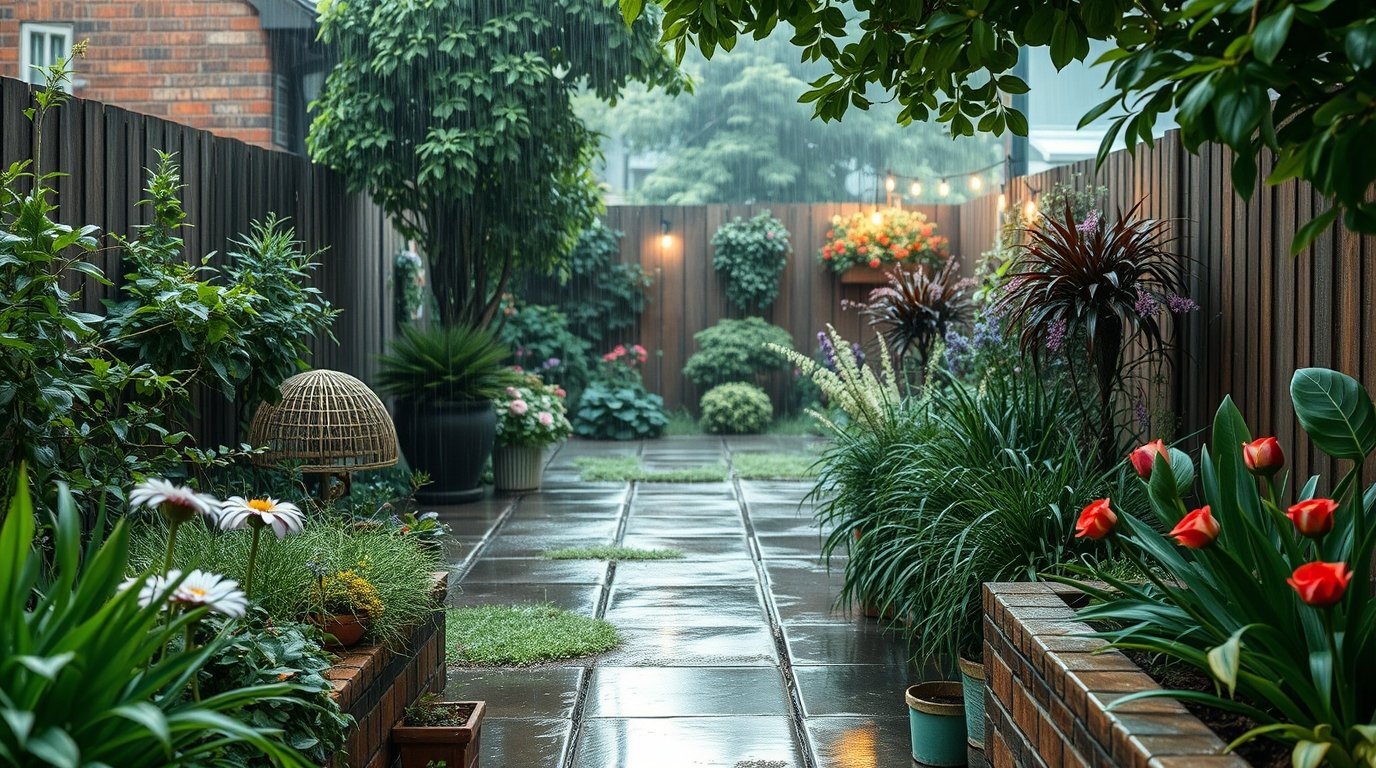Creating a vibrant, healthy garden from a neglected space is both an art and a science. Garden revitalization goes beyond simple maintenance – it’s about breathing new life into your outdoor sanctuary while promoting biodiversity and sustainable practices. Let’s explore how to transform your garden into a thriving ecosystem.
Understanding Garden Revitalization
Garden revitalization is the comprehensive process of restoring and rejuvenating an outdoor space that has lost its vitality. This transformation involves more than just cosmetic improvements; it’s about creating a sustainable environment that benefits both people and nature.
Key Elements of Garden Revival
- Soil health restoration
- Plant health assessment
- Ecosystem balance
- Aesthetic enhancement
- Sustainable practices implementation
The Science Behind Garden Restoration
Successful garden revitalization begins with understanding the underlying ecological principles. A healthy garden is a complex ecosystem where various elements work together harmoniously.
Soil Health: The Foundation of Success
- Conducting soil pH testing
- Implementing organic matter enrichment
- Improving soil structure
- Enhancing beneficial microorganism activity
- Managing water retention capabilities
Strategic Planning for Garden Transformation
Assessment Phase
Before diving into the revitalization process, conduct a thorough evaluation of your garden’s current state:
- Document existing plant species
- Identify problem areas
- Assess soil conditions
- Evaluate drainage patterns
- Monitor sunlight exposure
Plant Selection and Placement
Choose plants that will thrive in your specific environment:
- Native species adaptation
- Climate-appropriate selections
- Seasonal blooming patterns
- Growth habits and spacing requirements
- Water consumption needs
Advanced Restoration Techniques
Sustainable Practices
Modern garden revitalization emphasizes environmental responsibility:
- Rainwater harvesting systems
- Drought-resistant landscaping
- Organic pest control methods
- Composting programs
- Wildlife-friendly features
Smart Water Management
Implement efficient irrigation strategies:
- Drip irrigation systems
- Moisture sensors
- Rain gardens
- Mulching techniques
- Water-wise plant grouping
Maintenance and Long-term Success
Regular Care Schedule
Establish a maintenance routine that includes:
- Seasonal pruning
- Soil amendment
- Pest monitoring
- Weed control
- Plant health assessment
Ecosystem Enhancement
Focus on creating a balanced environment:
- Pollinator attraction
- Beneficial insect habitat
- Bird-friendly features
- Native plant communities
- Natural pest control
Design Elements for Visual Impact
Aesthetic Considerations
Create visual interest through:
- Color coordination
- Texture variation
- Height layering
- Seasonal interest
- Focal point creation
Environmental Benefits
A well-executed garden revitalization project offers numerous environmental advantages:
- Increased biodiversity
- Improved air quality
- Enhanced soil conservation
- Reduced water consumption
- Natural habitat creation
Advanced Tips for Success
Professional Insights
- Conduct regular soil tests
- Document plant performance
- Monitor wildlife activity
- Track seasonal changes
- Adjust maintenance practices accordingly
Problem Prevention
Implement preventive measures:
- Early disease detection
- Proper plant spacing
- Compatible species grouping
- Stress reduction techniques
- Regular monitoring systems
Looking to the Future
Garden revitalization is an ongoing process that evolves with your landscape. As your garden matures, continue to:
- Adapt to changing conditions
- Incorporate new sustainable practices
- Enhance biodiversity
- Improve soil health
- Monitor ecosystem development
Remember, a successfully revitalized garden not only provides aesthetic pleasure but also contributes to environmental health and biodiversity. By following these comprehensive guidelines and maintaining consistent care, you can transform any outdoor space into a thriving, sustainable garden that brings joy for years to come.

